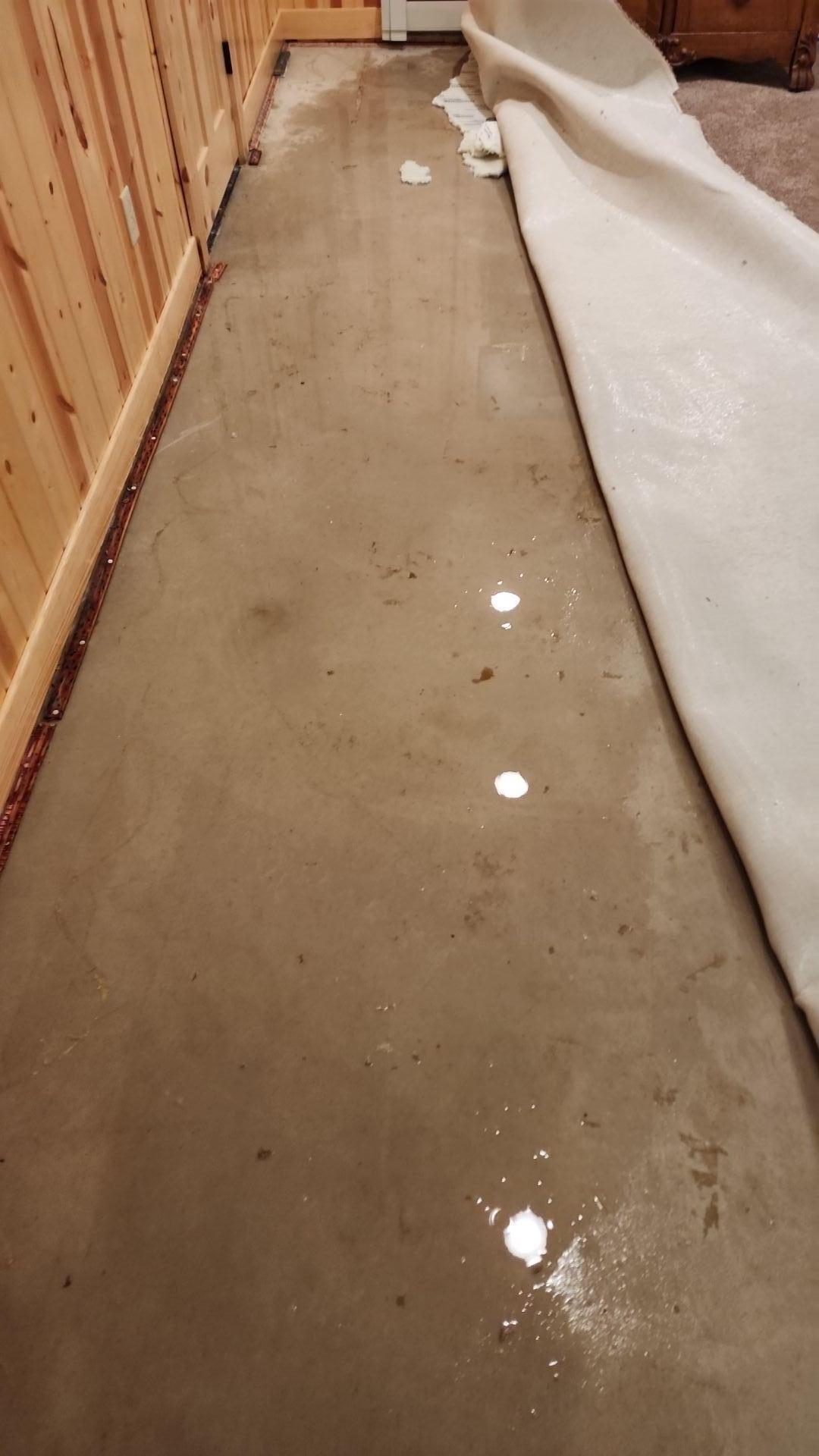Protect Your Gaylord Home from Water Damage: Essential Tips and Solutions
Posted on September 11, 2025

Water damage is an unwelcome guest for any homeowner, posing serious risks to the structural integrity of your home, as well as your personal belongings. For homeowners in Gaylord, Michigan, this can be a major concern given the region's diverse weather patterns and seasonal changes. Whether it's the snowmelt in spring or heavy rains during summer, water can easily find a way inside. It's crucial to be proactive in safeguarding your property. In this blog post, we'll walk you through essential tips and solutions to prevent and tackle water damage effectively.
Understanding the Risks of Water Damage
Water damage can manifest in various forms, from minor leaks to major flooding. Common sources include broken pipes, faulty appliances, and roof leaks. For residents of the greater Gaylord area, extreme weather conditions can exacerbate these issues, leading to widespread damage if not addressed promptly. The presence of water can quickly lead to mold growth, wood rot, and can even compromise the foundation of your home.
To mitigate these risks, regularly inspect your home for any signs of water intrusion. Pay special attention to basements, attics, and areas under sinks. It's also a wise idea to ensure your roof drainage systems are clear of debris and functioning properly. Simple steps like these can save you from costly repairs down the line.
Beyond personal effort, it's important to have expert assistance on standby. Our teams are always ready to help residents of the greater Gaylord area with our professional services in Gaylord. We provide a comprehensive range of solutions to address and rectify any water damage situation, ensuring your home is returned to its optimal condition.
In conclusion, while water damage is a common issue, it doesn't have to be a devastating one. With vigilance, regular maintenance, and together with the help of professionals, you can safeguard your Gaylord home from the dangers posed by water intrusion.
